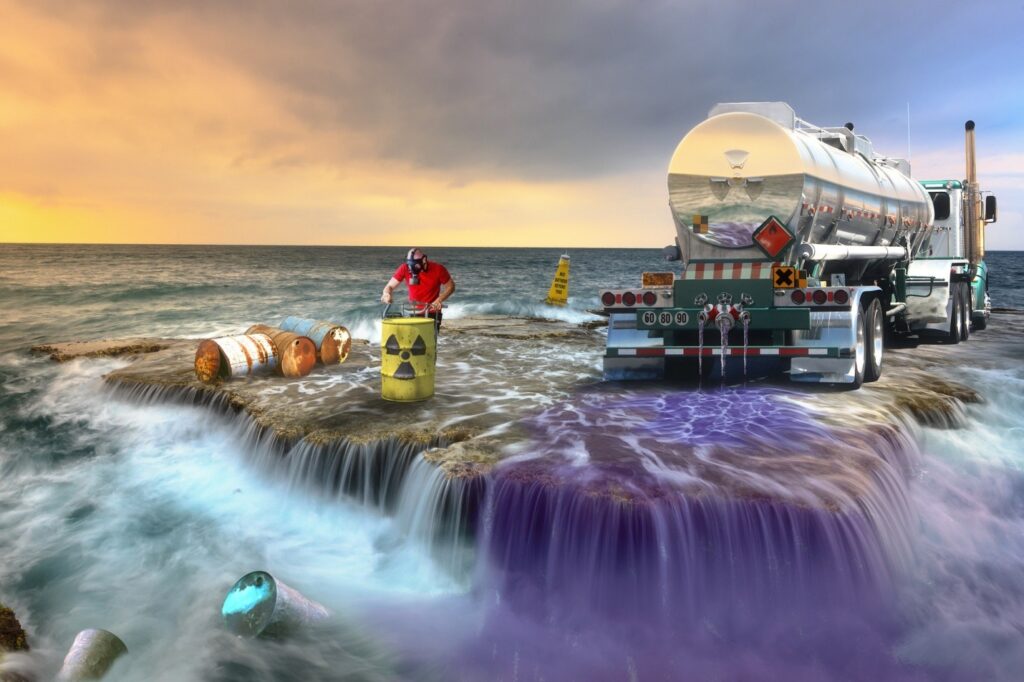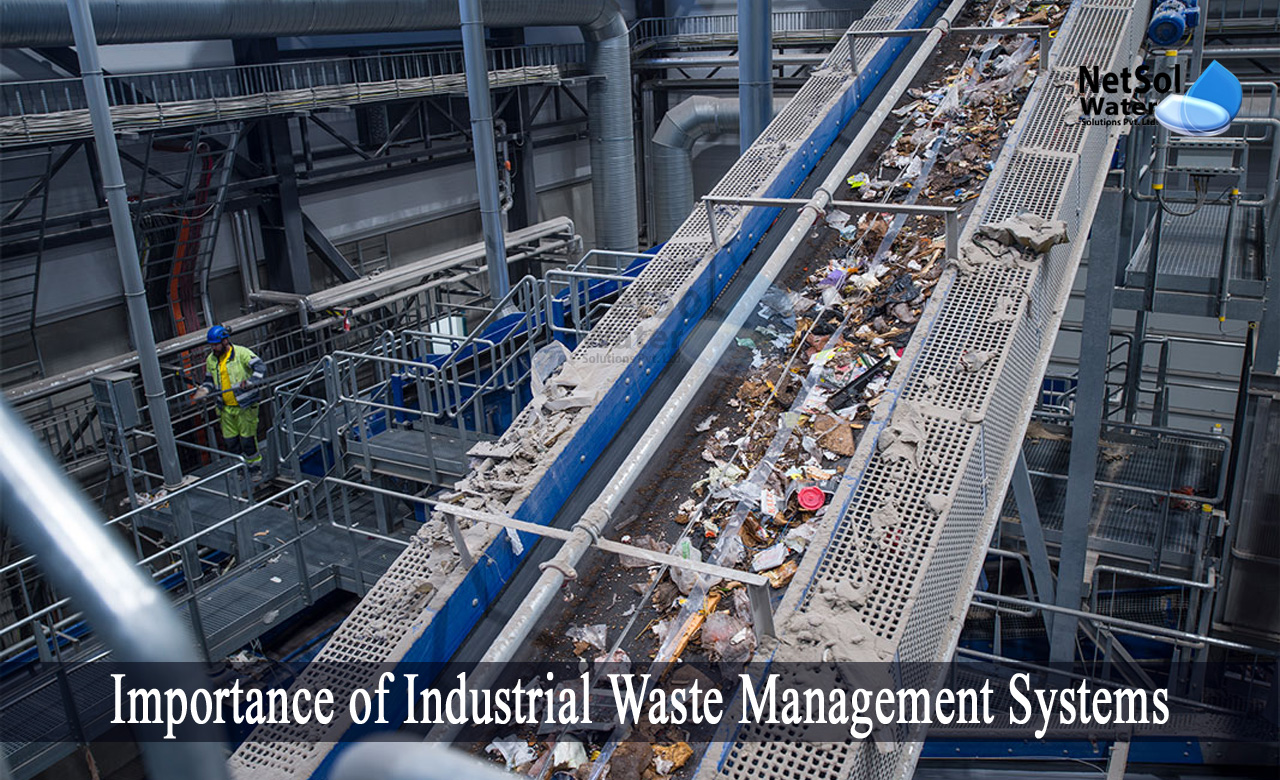More About Reclaim Waste
Table of ContentsThe Reclaim Waste PDFsThe Buzz on Reclaim WasteGetting The Reclaim Waste To WorkThe smart Trick of Reclaim Waste That Nobody is DiscussingReclaim Waste for Dummies
Explore the kinds, occurrences, and kinds of fluid waste. Domestic sewer waste refers to the waste and items from a residential sewage-disposal tank. This kind of waste is created by human beings in residences, institutions, and other buildings. This only includes sewage-disposal tanks that have a drain field. The proper administration and disposal of domestic sewer waste need fluid waste to be transferred to a sewer treatment plant where the correct approaches and tools are related to purify and dispose of waste.
Commercial waste frequently consists of prospective dangers, such as flammable materials or a combination of liquid and strong waste products, and needs a more sophisticated and detailed disposal process. The disposal of commercial waste commonly involves the filtering of waste prior to transport to ensure risk-free and correct disposal. Hazardous waste is created from by-products and drainage of commercial processes and production.
This type of waste can not make use of the same sewage monitoring transport or procedures as septic or commercial fluids. The hazardous waste management process requires the assessment and screening of fluid waste prior to it undertakes the disposal procedure (industrial wastewater treatment). Drainage waste is the liquid waste that originates from drainage and excess stormwater in very booming locations or cities
Runoff waste can trigger contamination and flooding otherwise taken care of appropriately. Discover more concerning sewage system cleansing and waste management. Making certain appropriate waste administration can prevent catastrophes and lower environmental damage. Both people in residential settings and professionals in industrial or production markets can profit from recognizing the processes and laws of liquid waste administration.
6 Easy Facts About Reclaim Waste Shown
Call PROS Services today to find out about our waste monitoring and disposal services and the correct ways to look after the liquid waste you produce.
(https://hub.docker.com/u/reclaimwaste1?_gl=1*1980ev1*_ga*MTgwOTc3Nzc2OS4xNzMxMzI1Mzkw*_ga_XJWPQMJYHQ*MTczMTMyNTM5MC4xLjEuMTczMTMyNTcwOC4xMC4wLjA.)This so-called 'wastewater' is not just an important source however, after treatment, will certainly be released to our land, waterways or the sea. Used water from commodes, showers, bathrooms, kitchen area sinks, laundries and commercial processes is recognized as wastewater.

water made use of to cool equipment or clean plant and tools). Stormwater, a type of wastewater, is runoff that streams from agricultural and metropolitan areas such as roofing systems, parks, gardens, roadways, paths and seamless gutters right into stormwater drains, after rainfall. Stormwater flows untreated directly to neighborhood creeks or rivers, ultimately getting to the ocean.
Reclaim Waste for Beginners
In Queensland, the majority of wastewater is treated at sewage therapy plants. Wastewater is moved from domestic or industrial sites with a system of drains and pump terminals, called sewerage reticulation, to a sewage therapy plant. Neighborhood federal governments develop, keep and operate most sewer therapy plants. Operators are accredited under the Environmental Management Act 1994 to discharge treated wastewater at an acceptable environmental requirement into waterways.
The Division of Natural Resources advises city governments concerning handling, operating and keeping sewage systems and therapy plants. In unsewered areas, local governments may need owners to set up private or family sewage treatment systems to deal with residential wastewater from commodes, cooking areas, bathrooms and washings. The Department of Natural Resources authorises making use of household systems when they are shown to be effective.
The majority of stormwater gets no treatment. In some new subdivisions, treatment of some stormwater to eliminate litter, sand and crushed rock has started making use of gross contaminant traps. Wastewater treatment takes place in four phases: Gets rid of solid matter. Bigger solids, such as plastics and various other objects wrongly released to drains, are eliminated when wastewater is passed via displays.
Utilizes little living microorganisms knows as micro-organisms to damage down and get rid of staying liquified wastes and fine fragments. Micro-organisms and wastes are integrated in the sludge.
The 30-Second Trick For Reclaim Waste
Nutrient removal is not offered in all sewage treatment plants since it calls for expensive specialist equipment. It is ending up being much more usual in Queensland. Clear fluid effluent generated after therapy may still consist of disease-causing micro-organisms. If this effluent is launched into rivers such as rivers or the sea, the micro-organisms will at some point pass away out.

The majority of wastewater streams into the sewage system. Under the Act, regional governments carry out approvals and permits for ecologically relevant tasks (ERAs) entailing wastewater releases that could have a regional impact.
The 2-Minute Rule for Reclaim Waste
Tracking supplies valid information regarding water top quality and can confirm that permit conditions are being satisfied. The info gotten via surveillance offers the basis for making water high quality decisions.